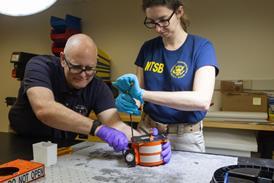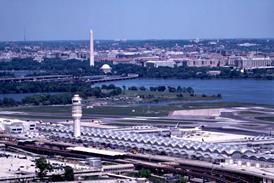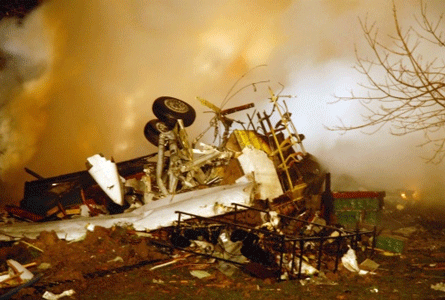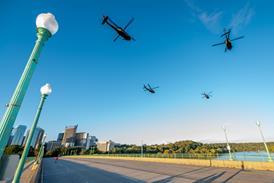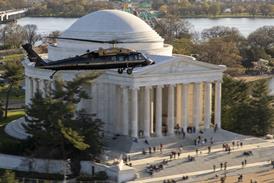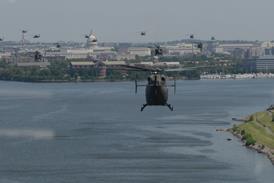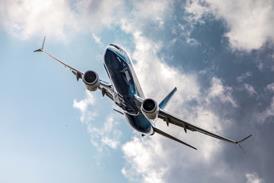British Aerospace Asset Management-Jets(AMJ) is targeting further sales from among its 107-strong fleet of leased BAe 146s this year, as the market for regional jets strengthens.
AMJ general manager Andrew Davies says that, over the past four years, the organisation has completed its initial aim of re-establishing the 146 as a "mainstream aircraft" in the fleets of "quality airlines". The next goal is to start realising cash from the aircraft, on which BAe holds heavy financial liabilities.
Asset disposals began in 1996 with the cash sales of aircraft to Malmö Aviation and Jersey European Airways. Others are expected to follow this year, as increasing lease terms - of five to ten years - and hardening rates encourage airlines to consider making aircraft acquisitions. Davies argues that the aircraft's long-term viability is no longer at issue, and that purchasing decisions are being taken purely on grounds of airline balance sheet and tax positions.
"The market is hardening -there's no question of that," he says. AMJ starts the year with no idle aircraft and Davies estimates that a maximum of only ten to 14 aircraft are likely to come back in 1997, compared with 36 leasing deals signed in 1996.
AMJ has already proved its sales ability with the disposal of the ten ex-Swissair Fokker 100s which were taken back as part of the deal by sister company Avro to sell the Swiss airline new RJs. Six of the Fokkers were sold to Italy's Alpi Eagles, another two went to a third party for lease to France's Corse Mediterranée and the remaining two have been placed by Air Finance Europe with Royal Brunei. "These were the only serious [Fokker 100] deals done in 1996, and we didn't take any discounts," says Davies.
The 146 fleet itself is largely held under head-lease arrangements, in which BAe sold aircraft to the banks and leased them back for a fixed term, typically around 15 years. The bulk of those head leases are due to start expiring in around 2005-10. Even then, AMJ may still find a role helping the banks to keep the aircraft in service, believes Davies.
Although selling the aircraft in the meantime is unlikely to recoup the full value of the group's head-lease or other financial commitments - valuers put the current 146 sale price in the region of around $15 million against an original tag of $25 million or more - the benefit is in helping to free BAe's balance sheet from heavy commercial-aircraft liabilities. Including Airbus and Jetstream aircraft, BAe lists head-lease commitments of around $2 billion and guarantees worth around another $3 billion.
Source: Flight International

